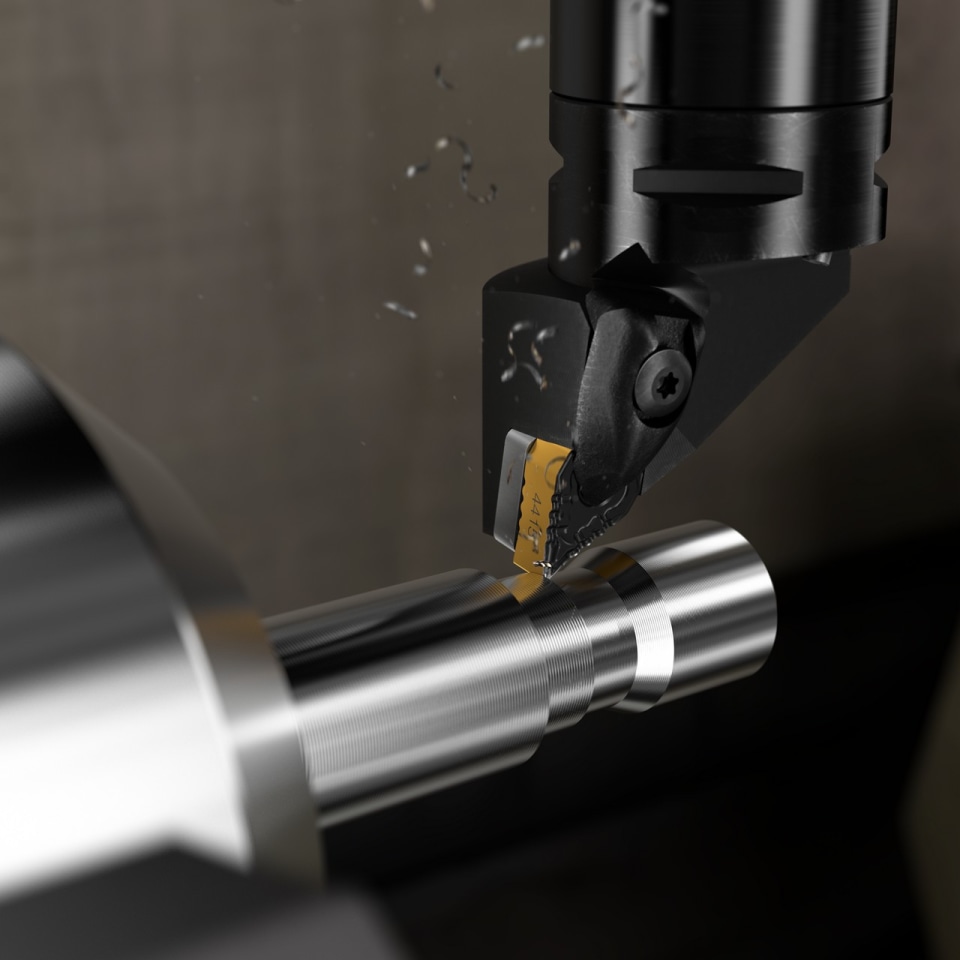Choosing the Right Cutting Inserts for Your Machining Needs
Home › Industry News › Choosing the Right Cutting Inserts for Your Machining Needs
Home › Industry News › Choosing the Right Cutting Inserts for Your Machining Needs

When it comes to machining, having the right cutting inserts can make all the difference in achieving optimal results. Cutting inserts are replaceable cutting tools that are designed to be mounted onto a cutting tool holder, allowing for efficient and precise cutting operations. With a wide variety of cutting inserts available in the market, selecting the right one for your machining needs can be a daunting task. However, by considering a few key factors, you can ensure that you choose the cutting inserts that will maximize your productivity and deliver high-quality results.
Material Compatibility:
One of the most important factors to consider when choosing cutting inserts is the compatibility of the insert material with the workpiece material. Different cutting insert materials, such as carbide, ceramic, and high-speed steel, have varying properties that make them suitable for specific machining applications. For example, carbide inserts are known for their excellent wear resistance and can be used for a wide range of materials, while ceramic inserts are ideal for high-speed machining of heat-resistant materials. Understanding the material compatibility will help you select the right cutting inserts for your machining needs.
Cutting Parameters:
Another crucial aspect to consider is the cutting parameters of your machining operation. Cutting inserts come in various geometries, such as square, round, and triangular, each designed for specific cutting conditions. Factors such as cutting speed, feed rate, and depth of cut will determine the type of cutting insert geometry that is most suitable. Additionally, choosing the appropriate insert coating can enhance tool life and improve performance under specific cutting conditions. By evaluating your cutting parameters, you can identify the cutting inserts that will optimize your machining process.
Machining Application:
Different machining applications require specific cutting inserts to achieve the desired outcomes. Whether you are performing roughing, finishing, or threading operations, selecting the right cutting inserts tailored to your application is essential. Some cutting inserts are designed for heavy-duty roughing, while others excel in high-precision finishing. Understanding your machining application and the specific requirements will help you narrow down the options and choose the cutting inserts that are best suited for your needs.
Tool Life and Cost:
Balancing tool life and cost is another crucial consideration when selecting cutting inserts. While high-performance inserts may have a higher initial cost, they often provide longer tool life and better performance, resulting in overall cost savings. However, for less demanding machining operations, cost-effective options may be more suitable. By evaluating your machining needs and considering the expected tool life, you can make an informed decision that optimizes both performance and cost.
Supplier Reputation and Support:
Finally, it is important to choose cutting inserts from reputable suppliers who offer reliable support and technical expertise. Working with a trusted supplier ensures that you have access to high-quality cutting inserts, as well as assistance in selecting the right inserts for your specific machining needs. Supplier support can include recommendations on insert grades, coatings, and geometries, as well as troubleshooting assistance and after-sales support.
In conclusion, choosing the right cutting inserts for your machining needs requires careful consideration of material compatibility, cutting parameters, machining application, tool life, cost, and supplier support. By understanding these factors and evaluating your specific requirements, you can confidently select cutting inserts that will optimize your machining process, enhance productivity, and deliver superior results.
Write a Comment